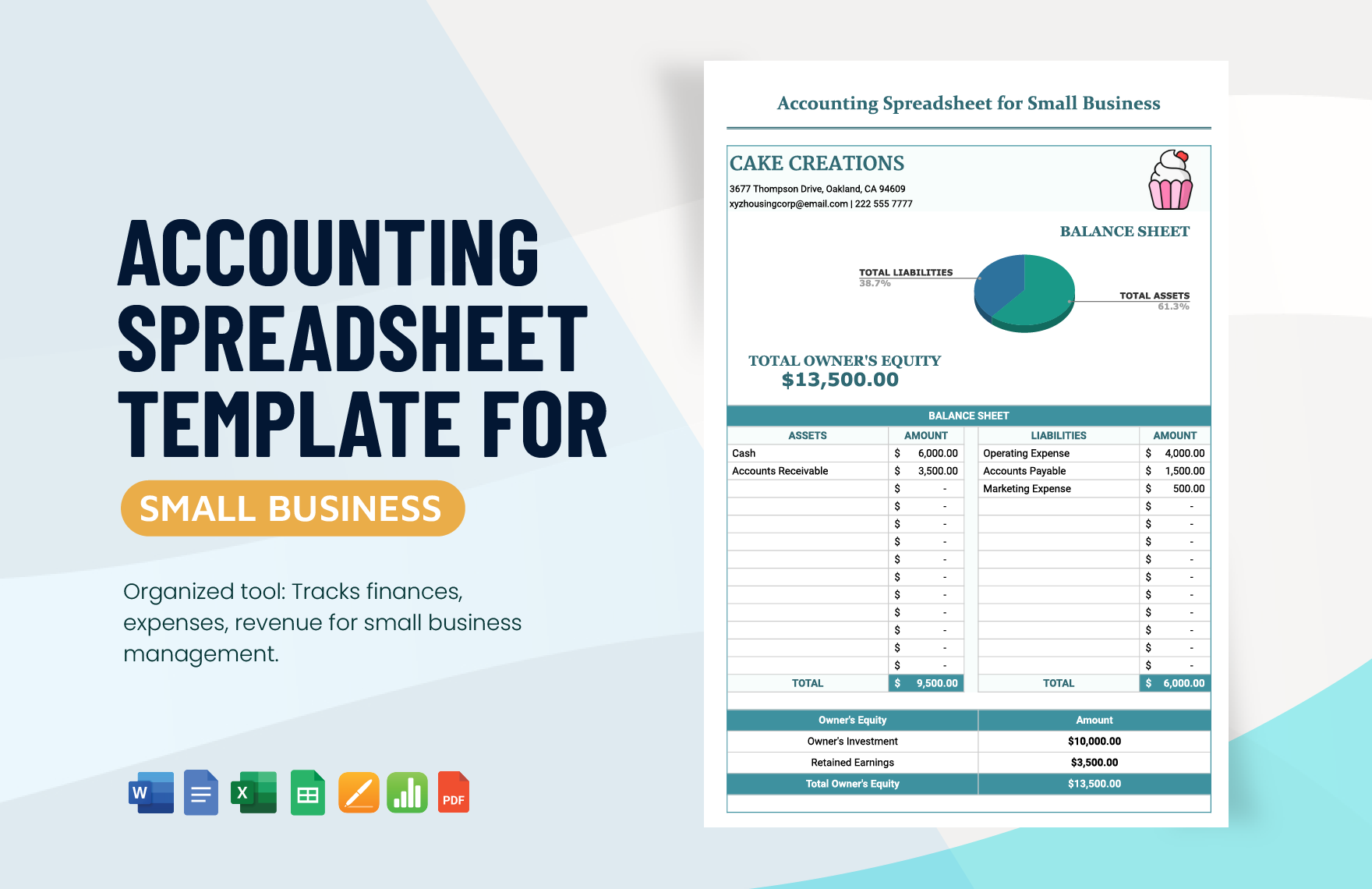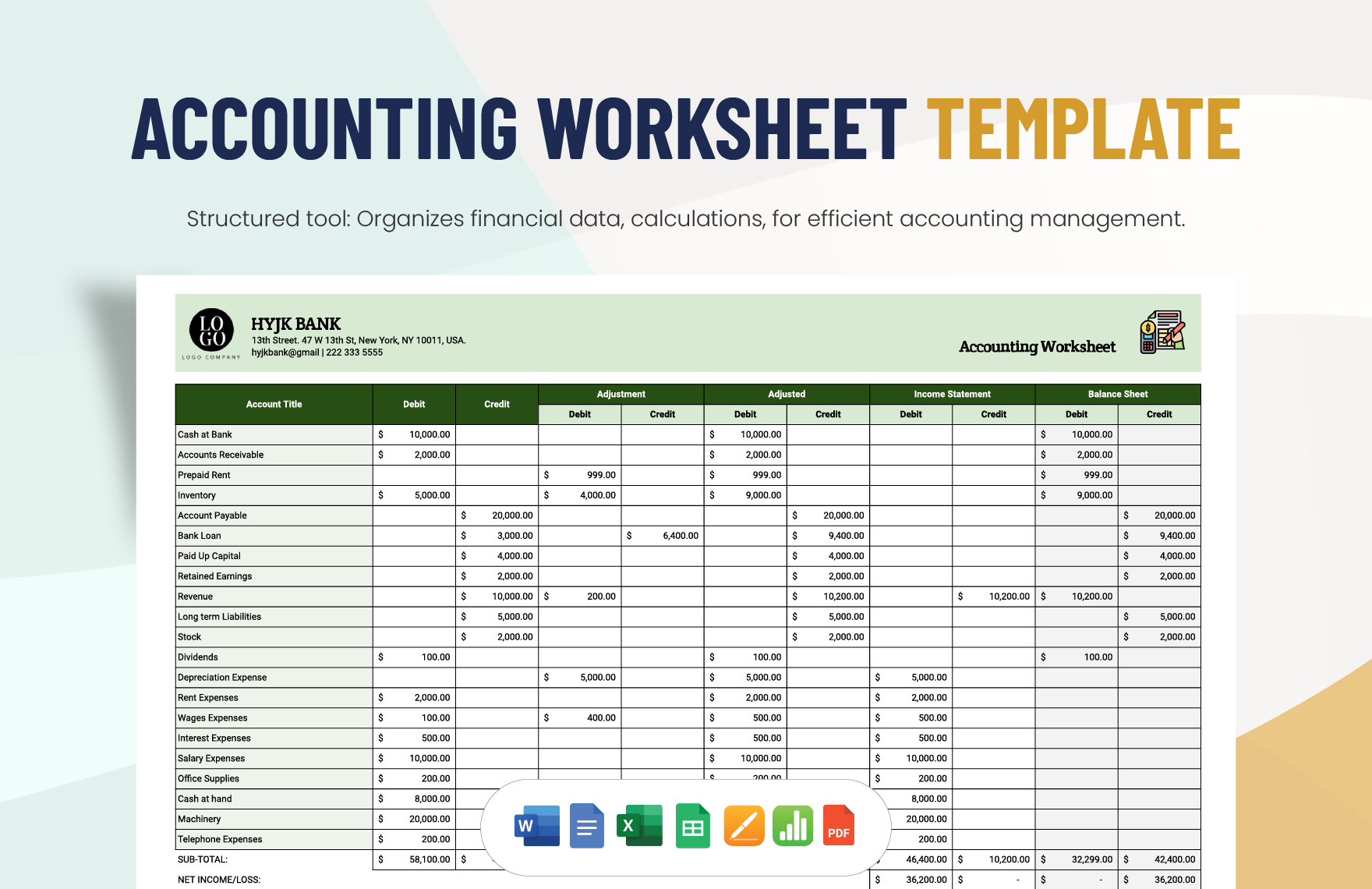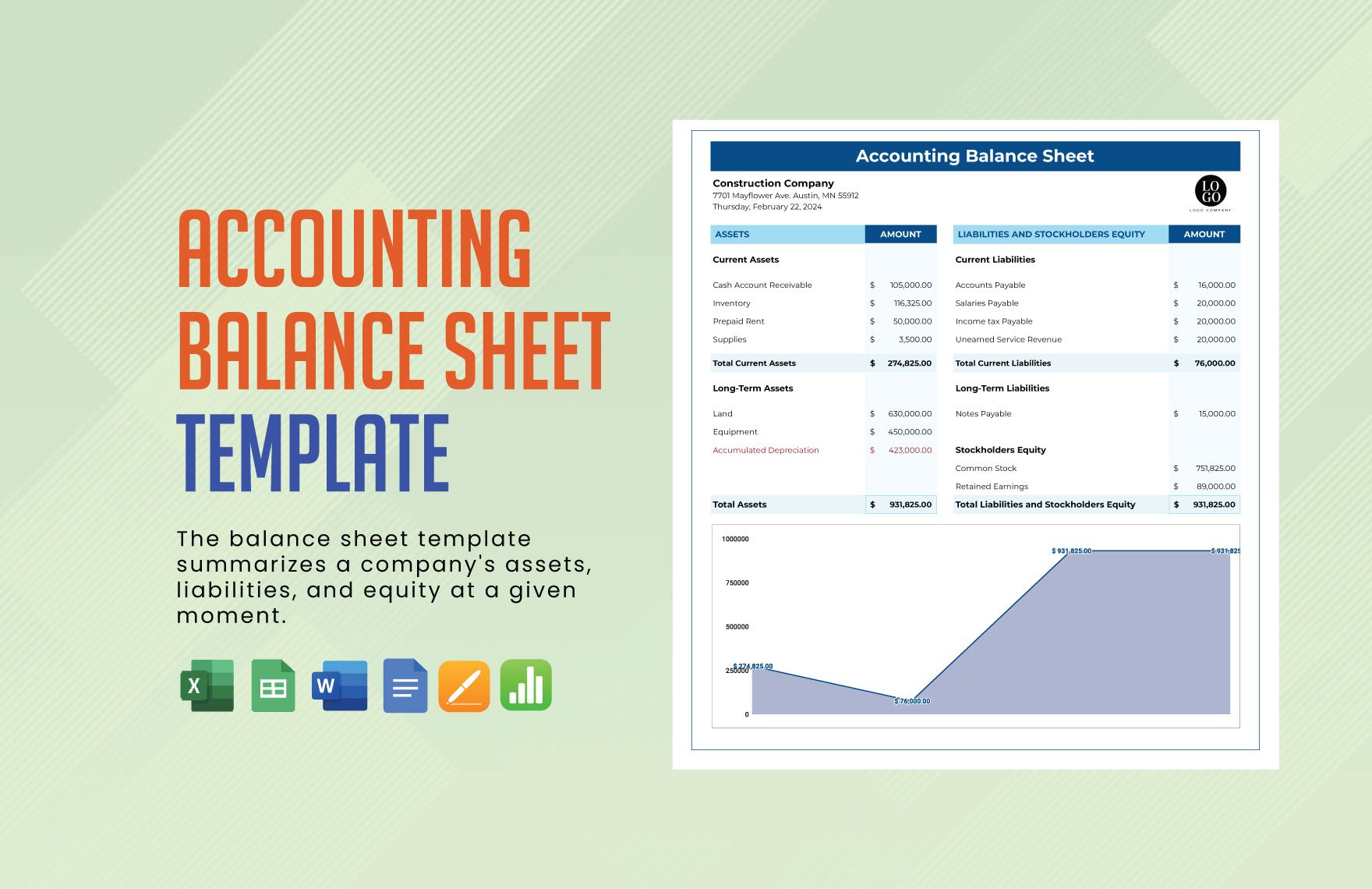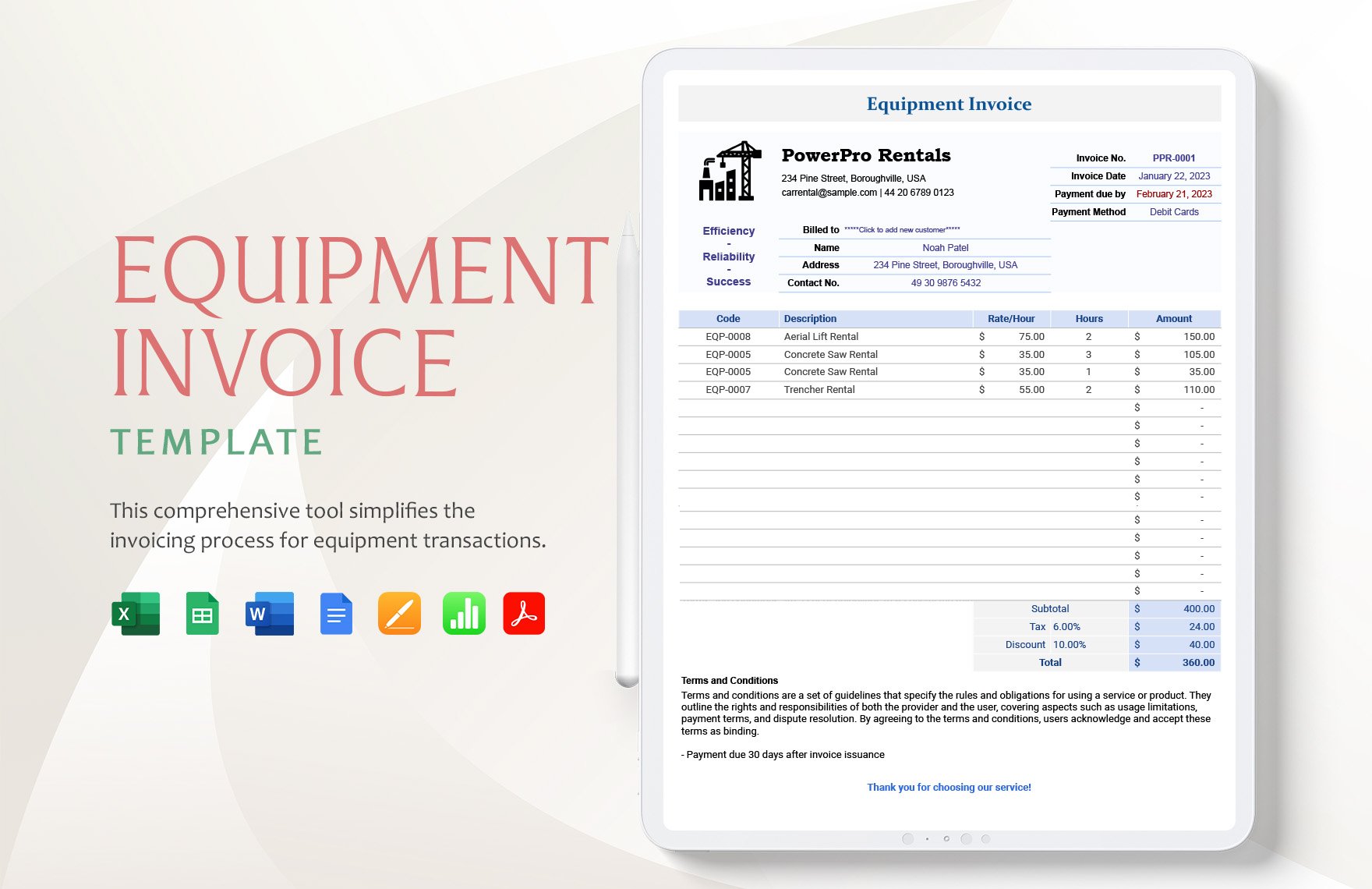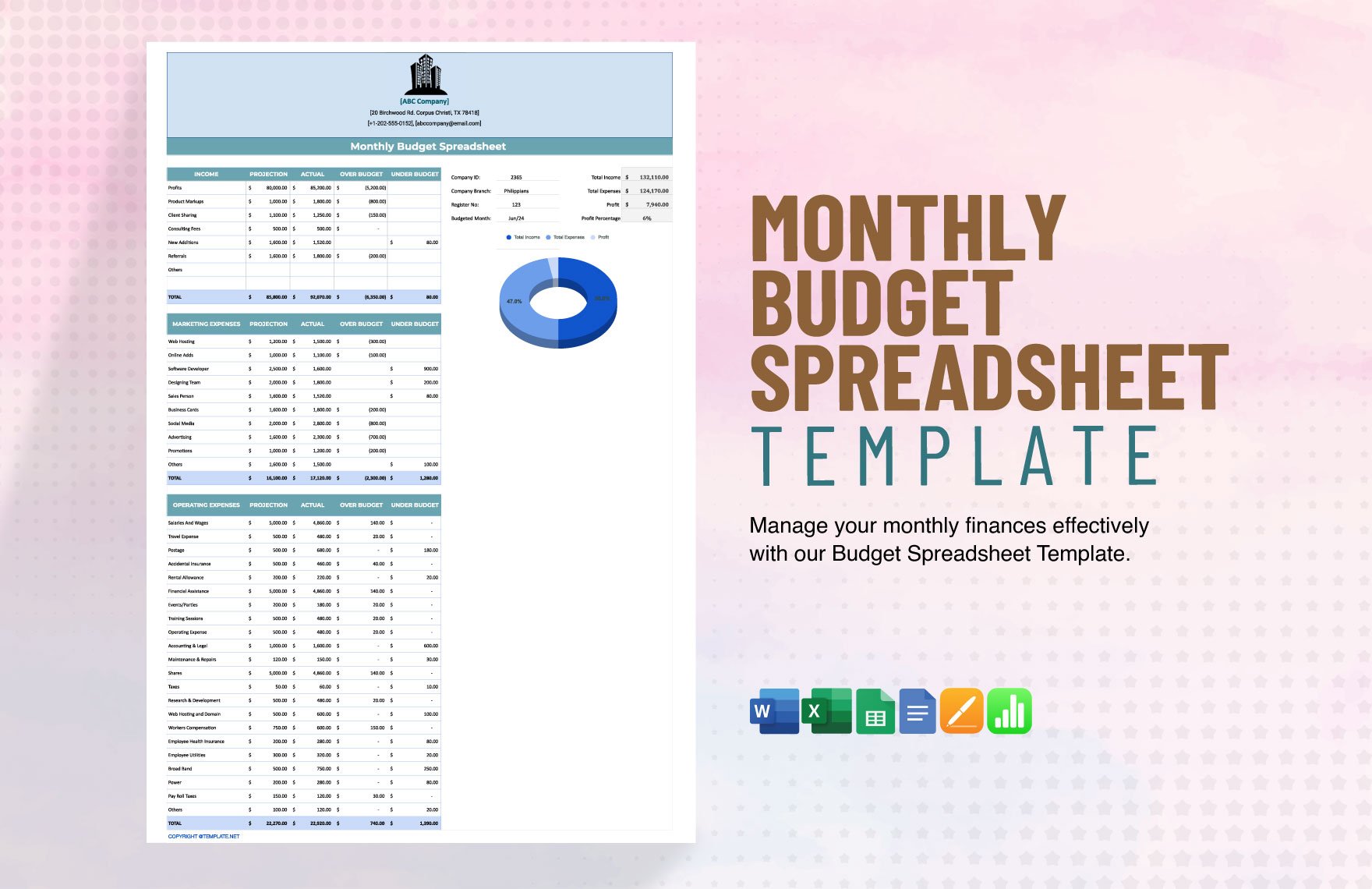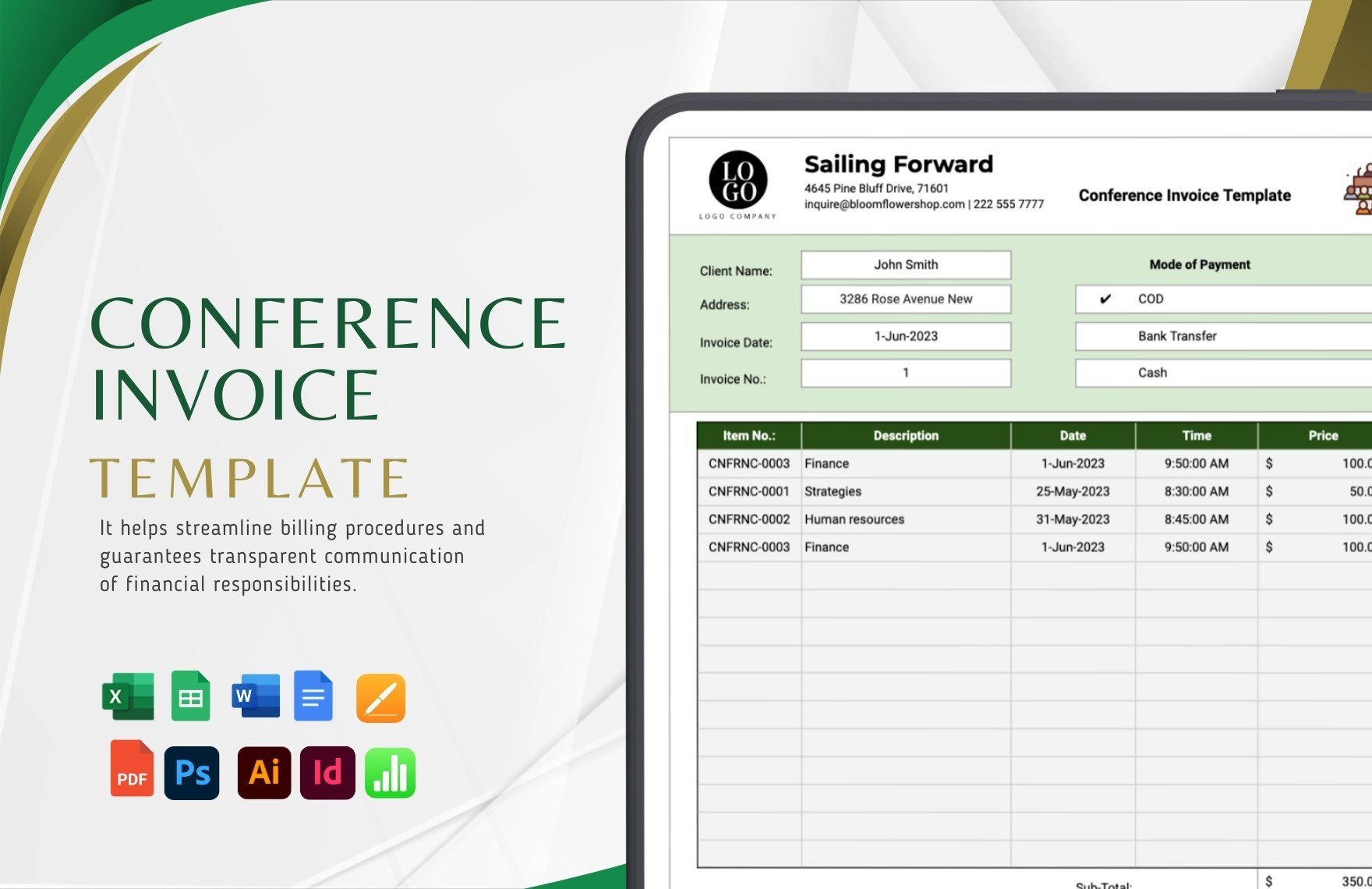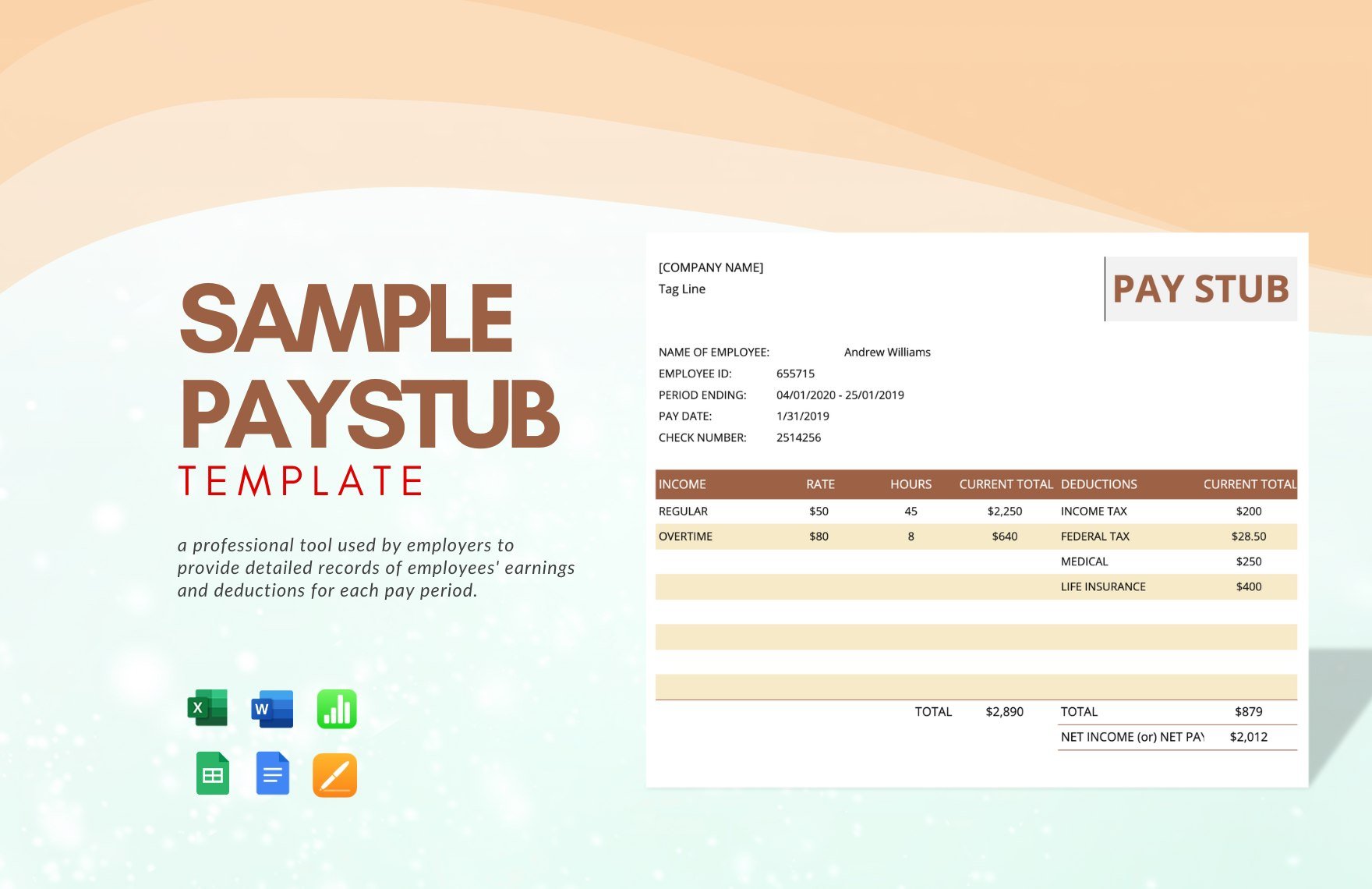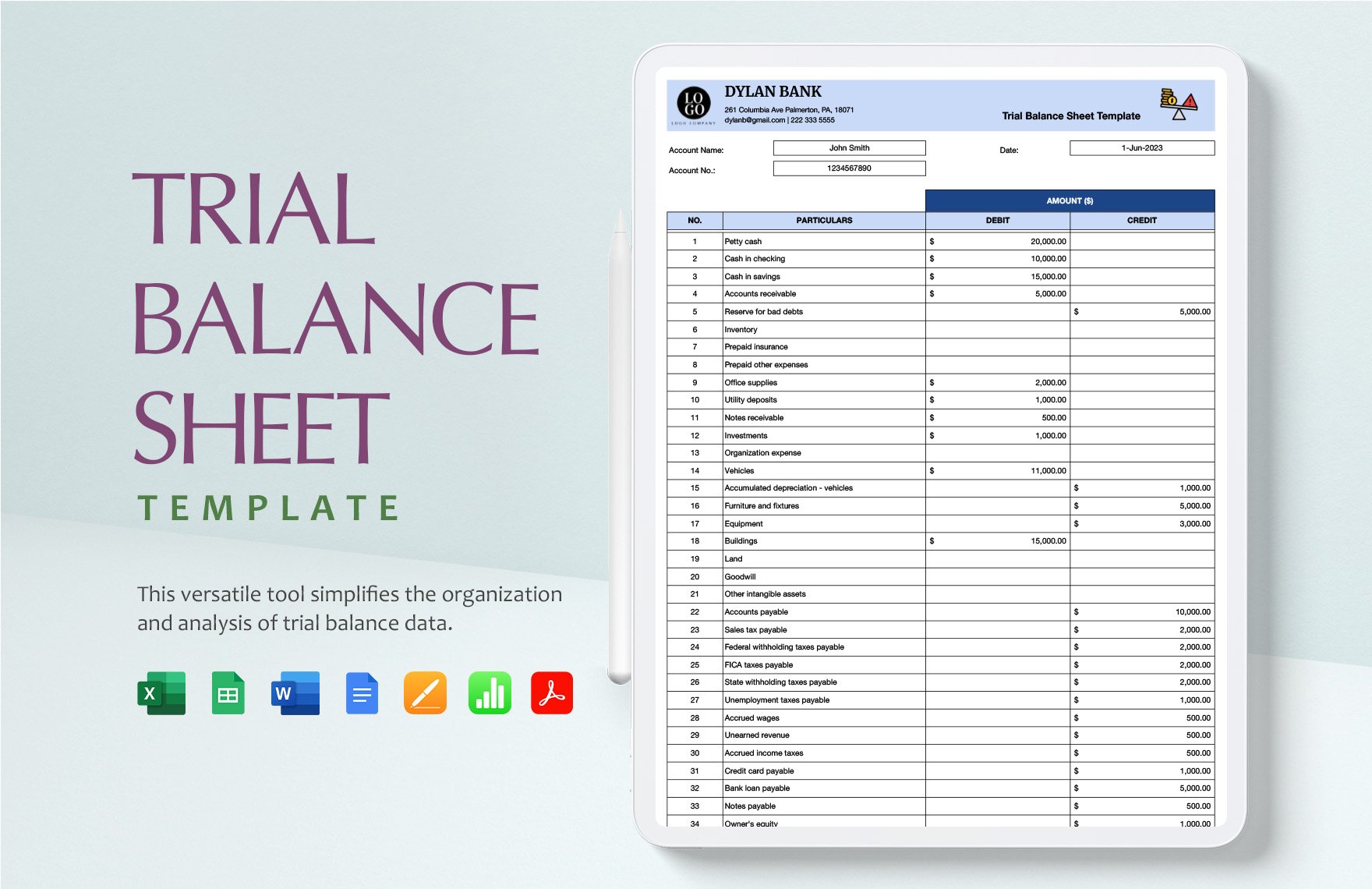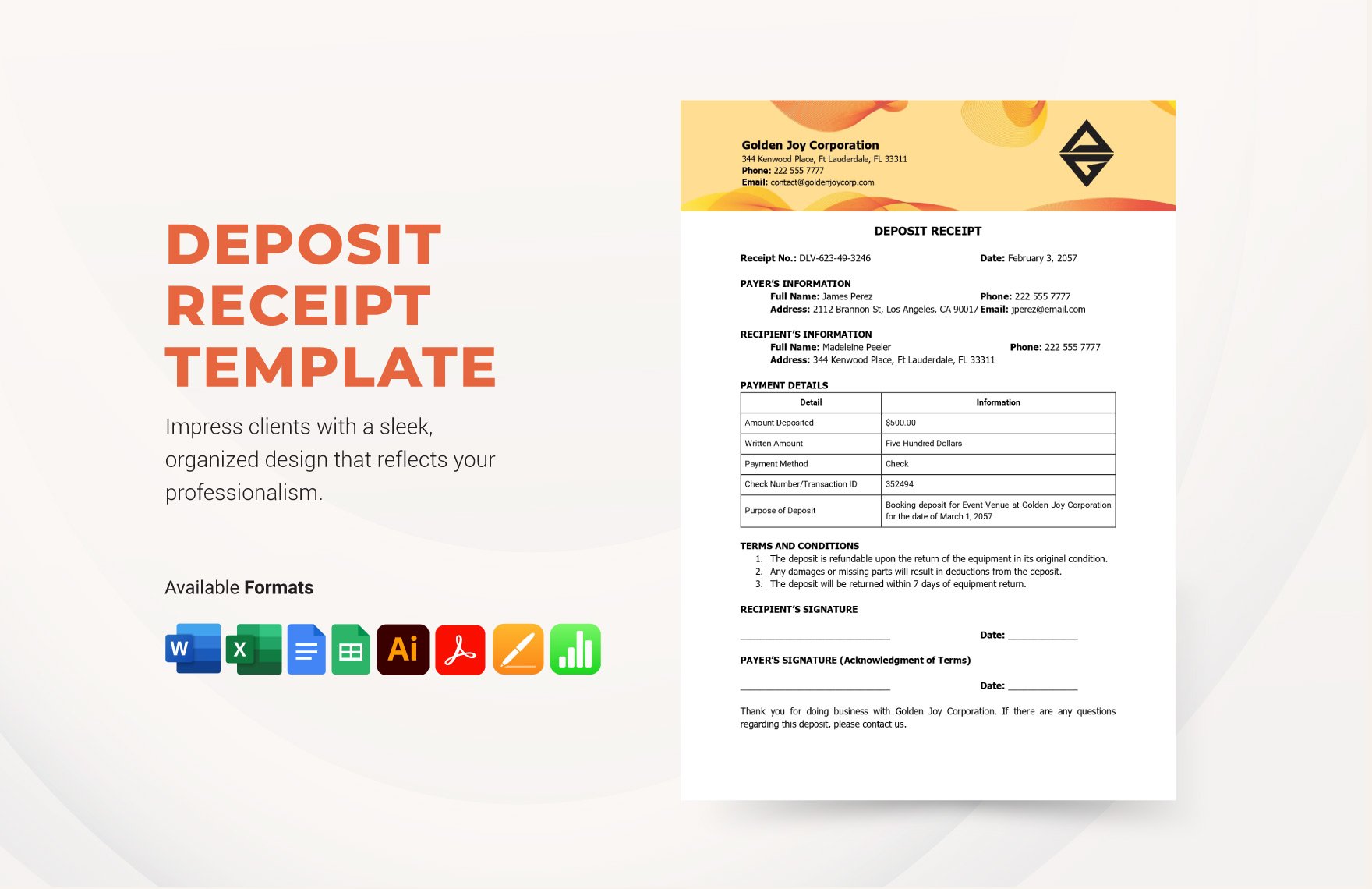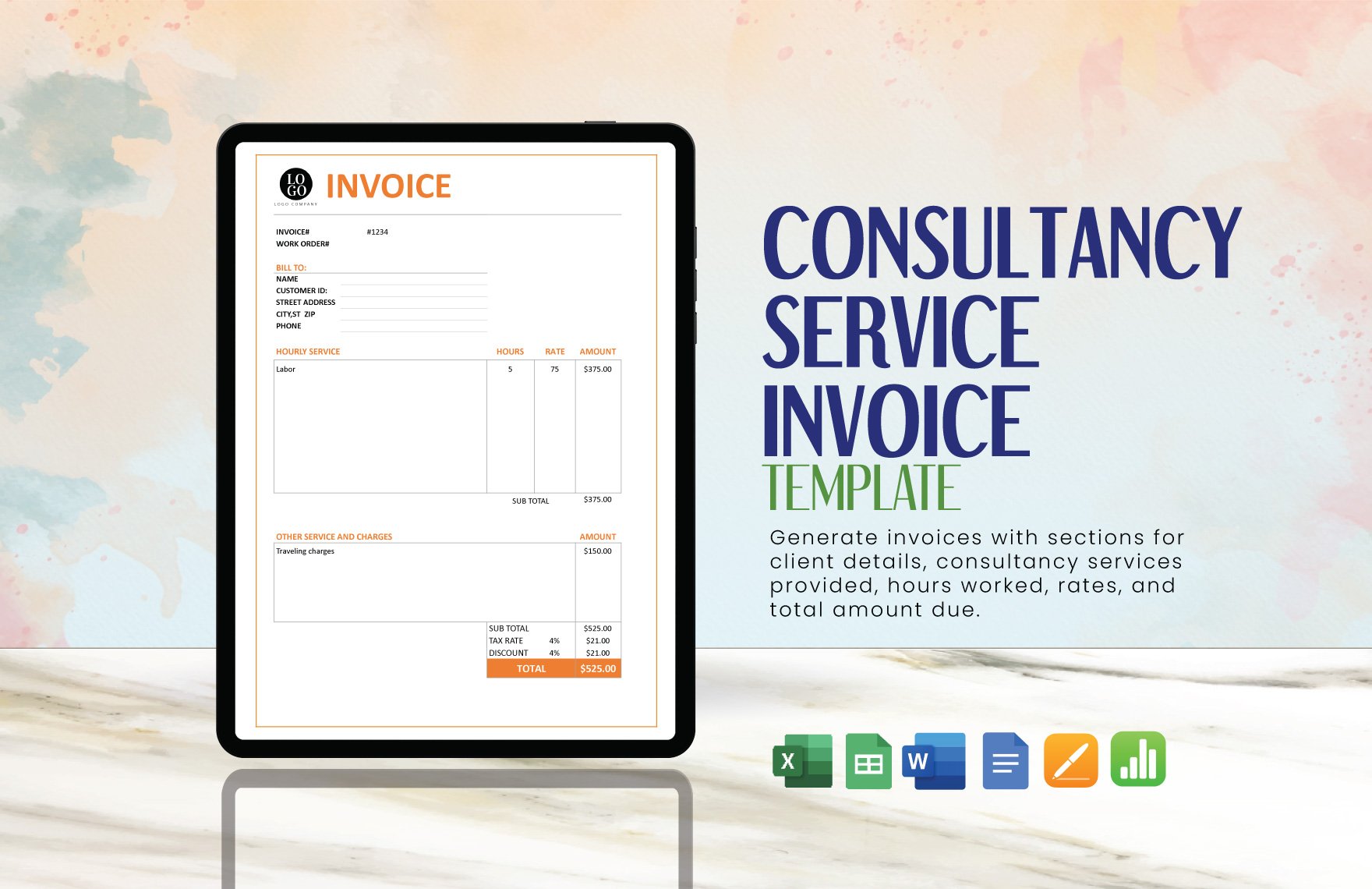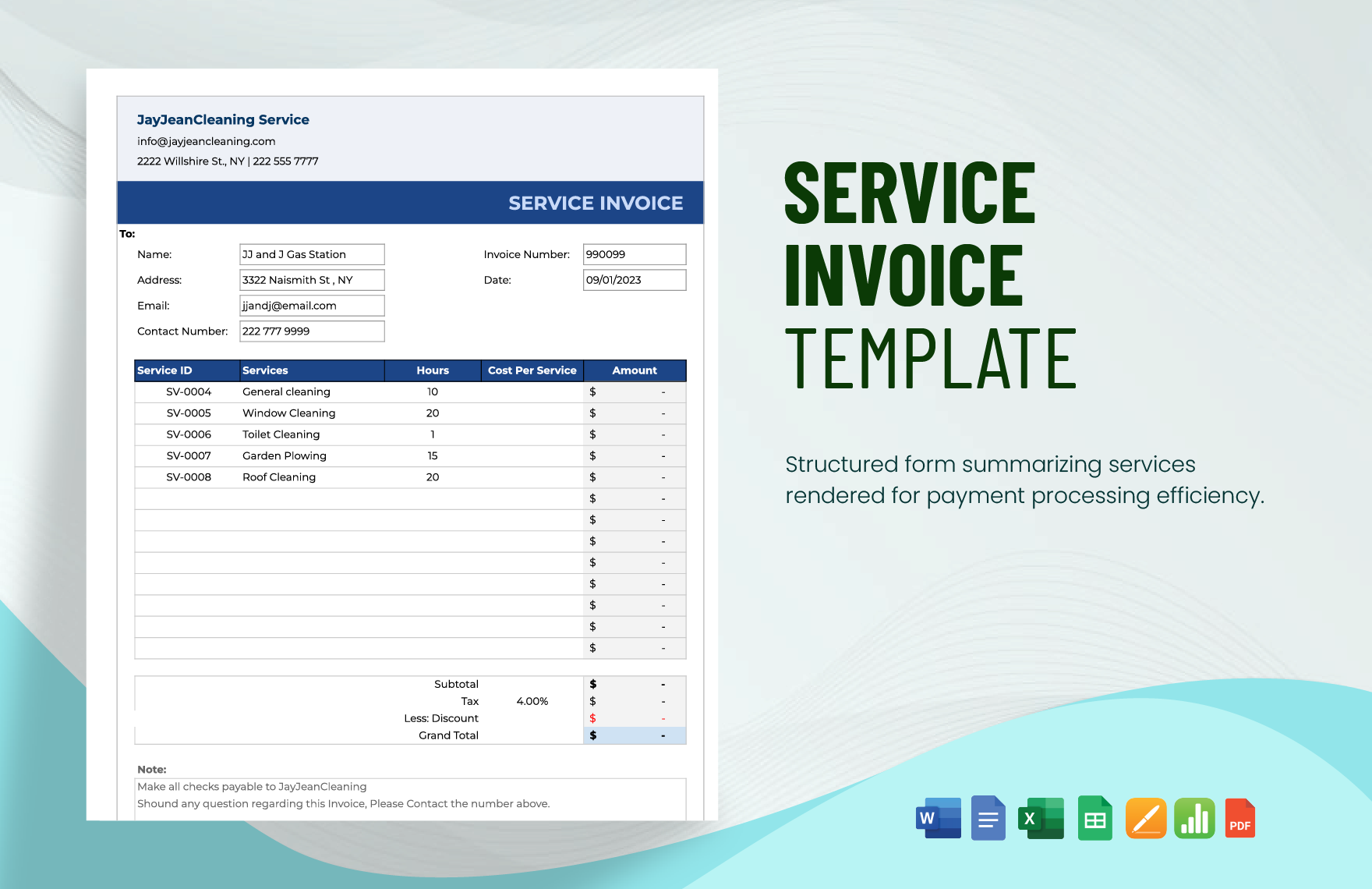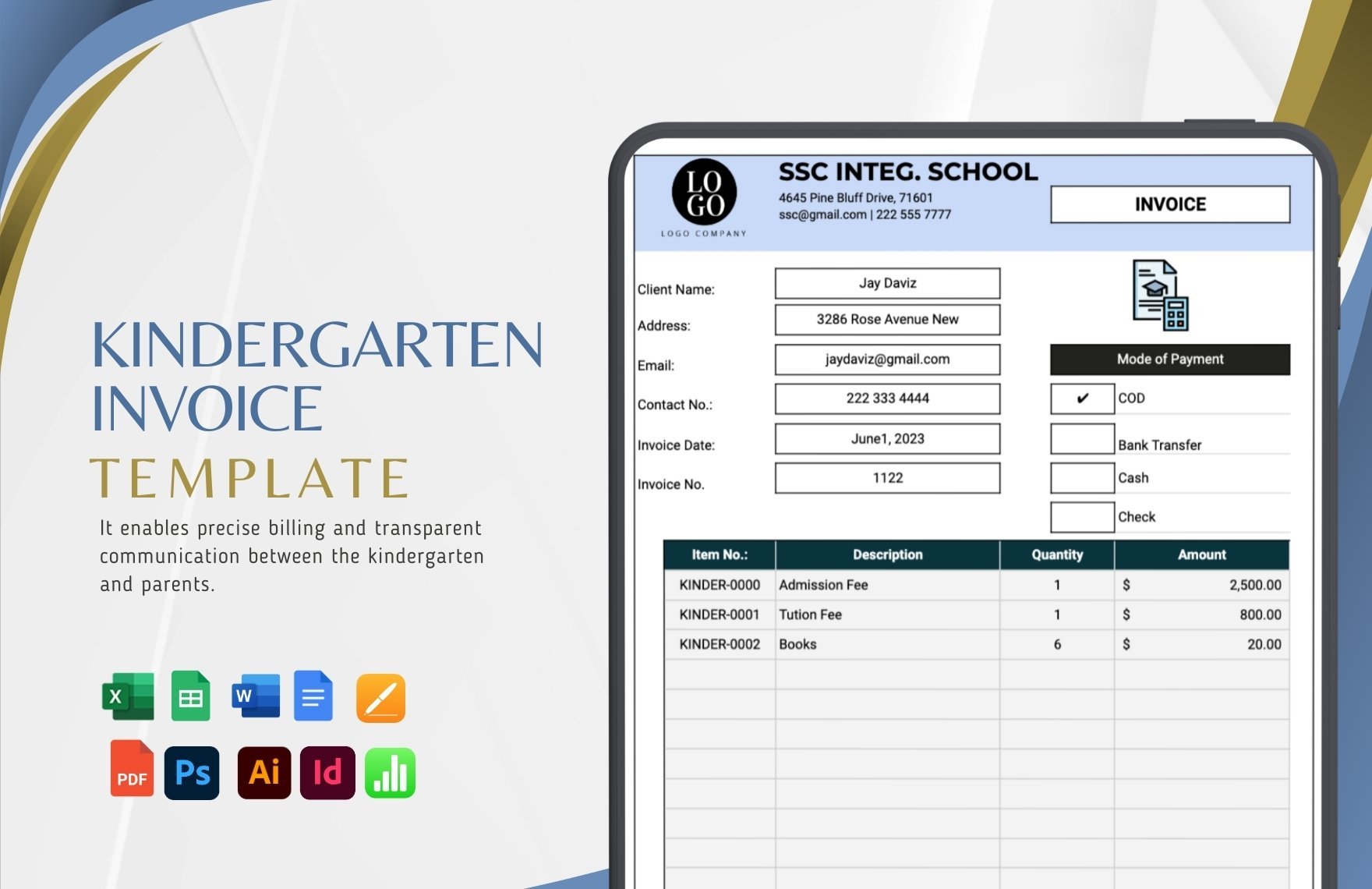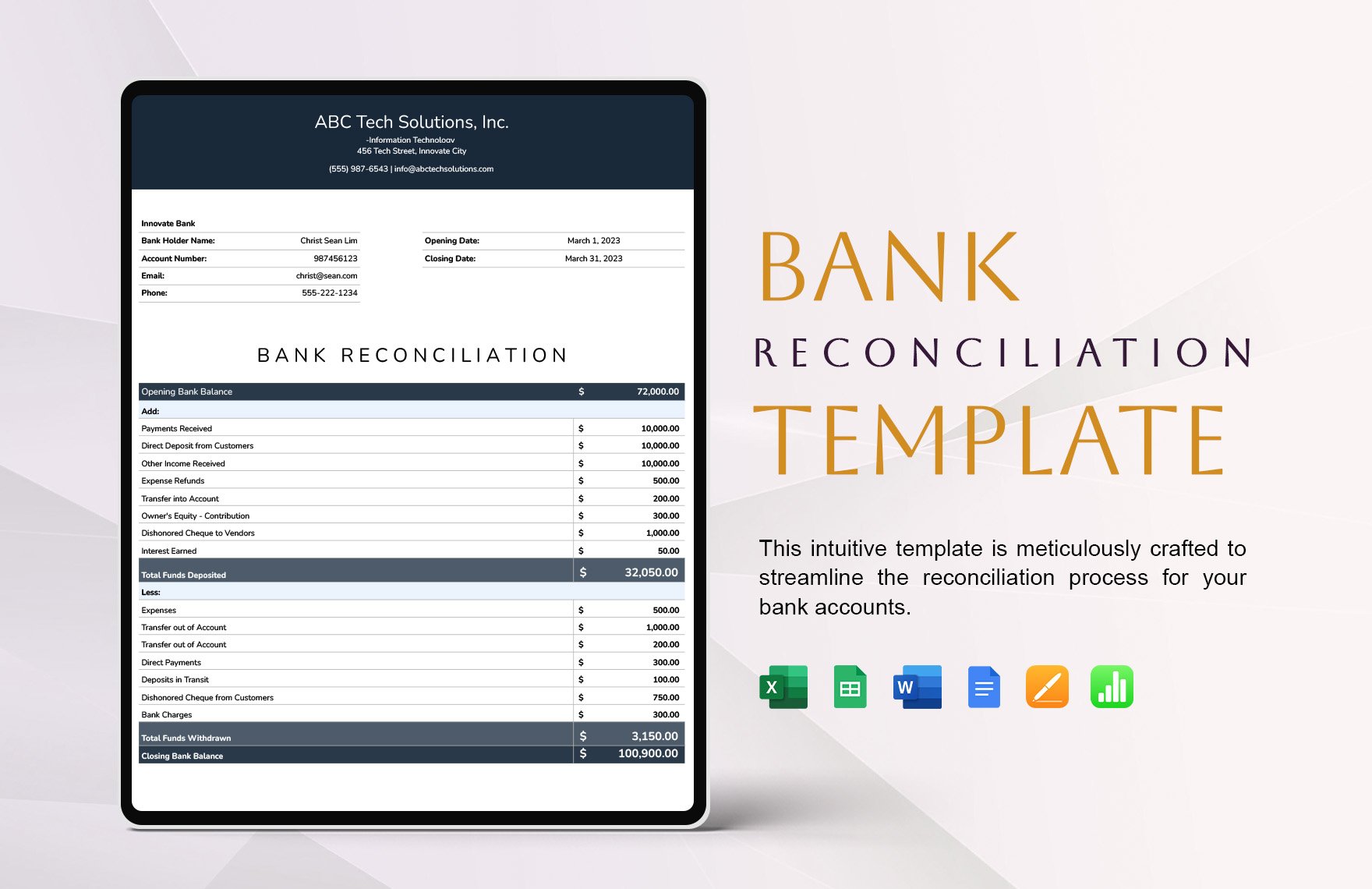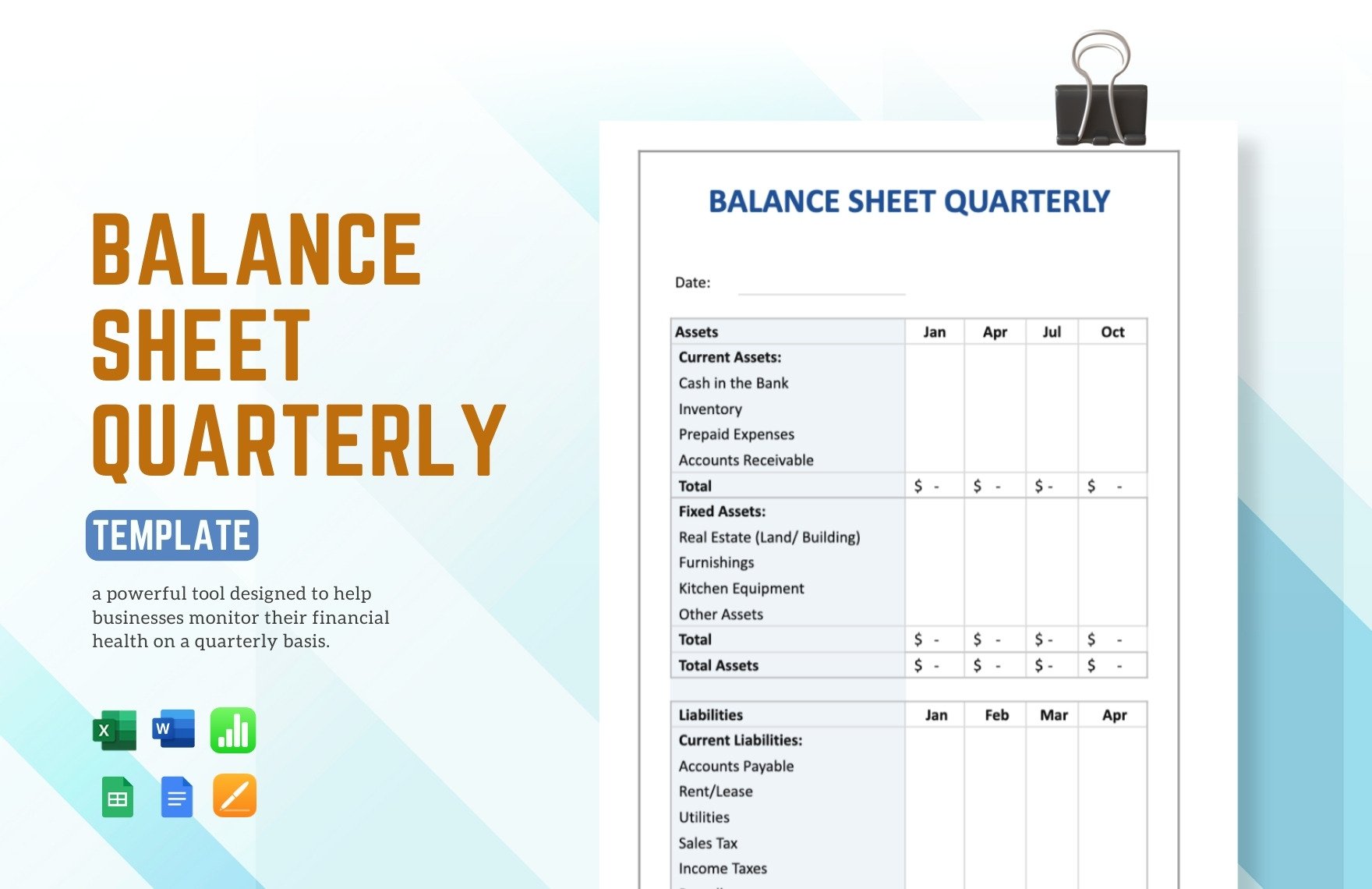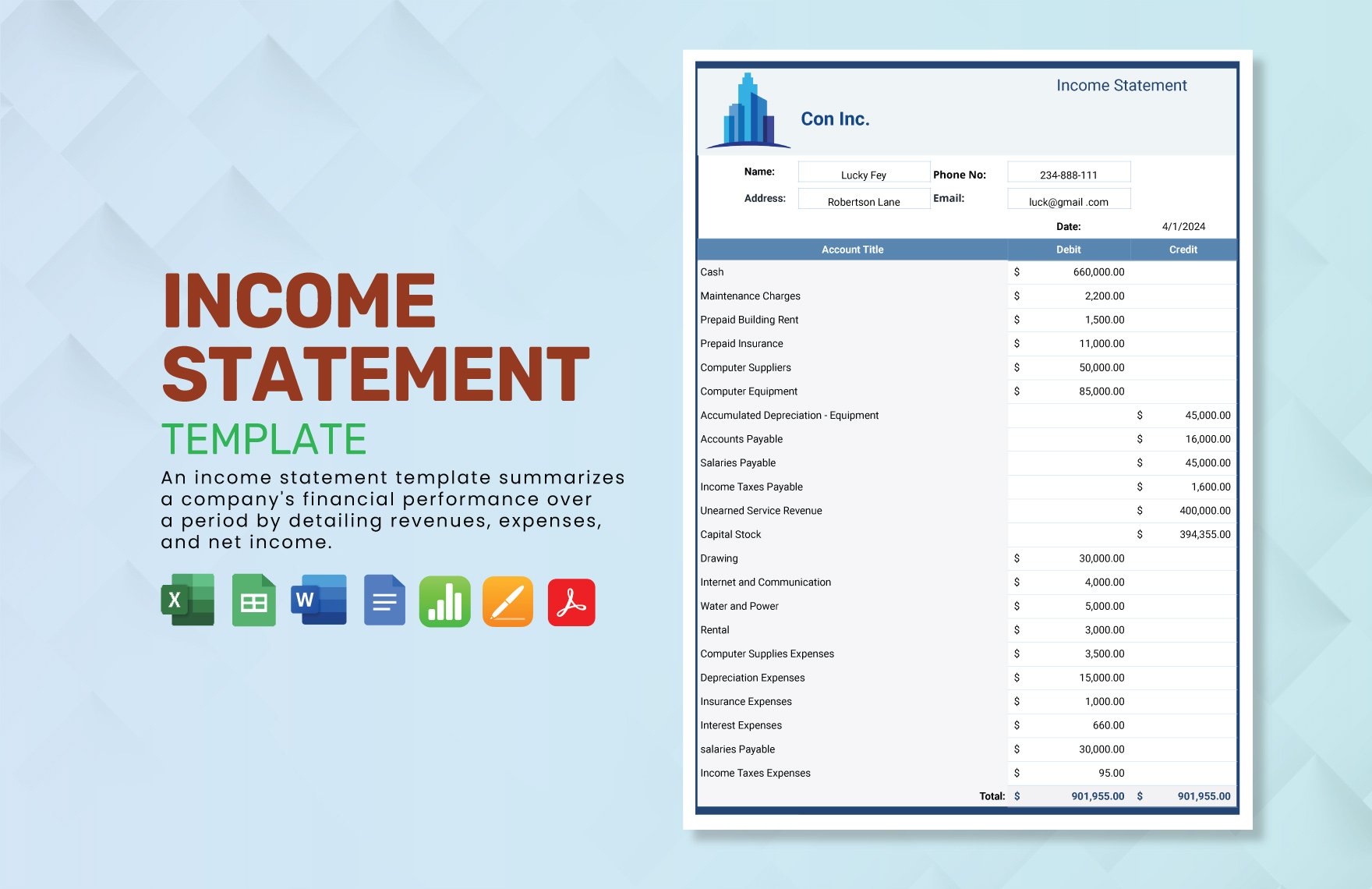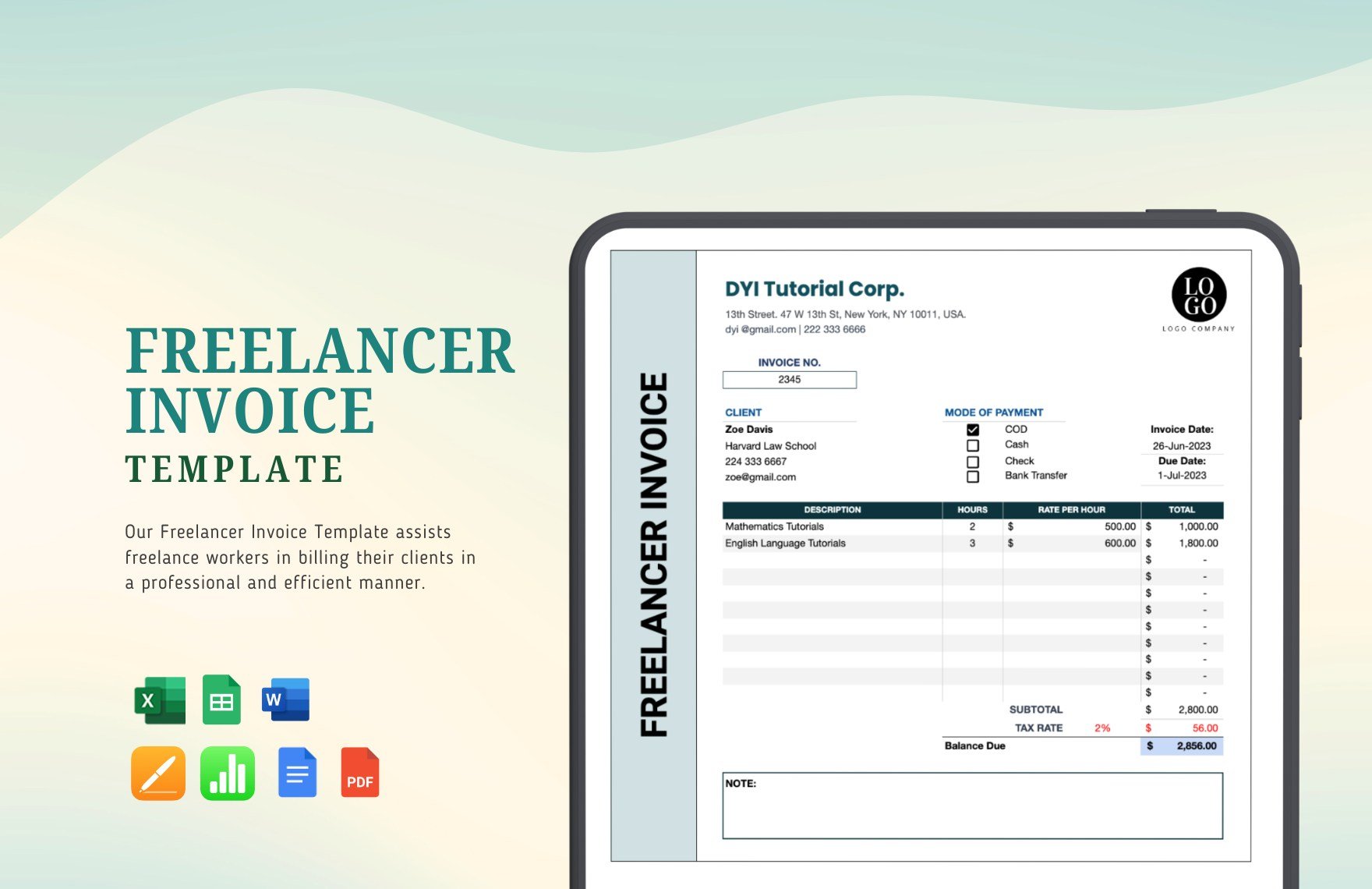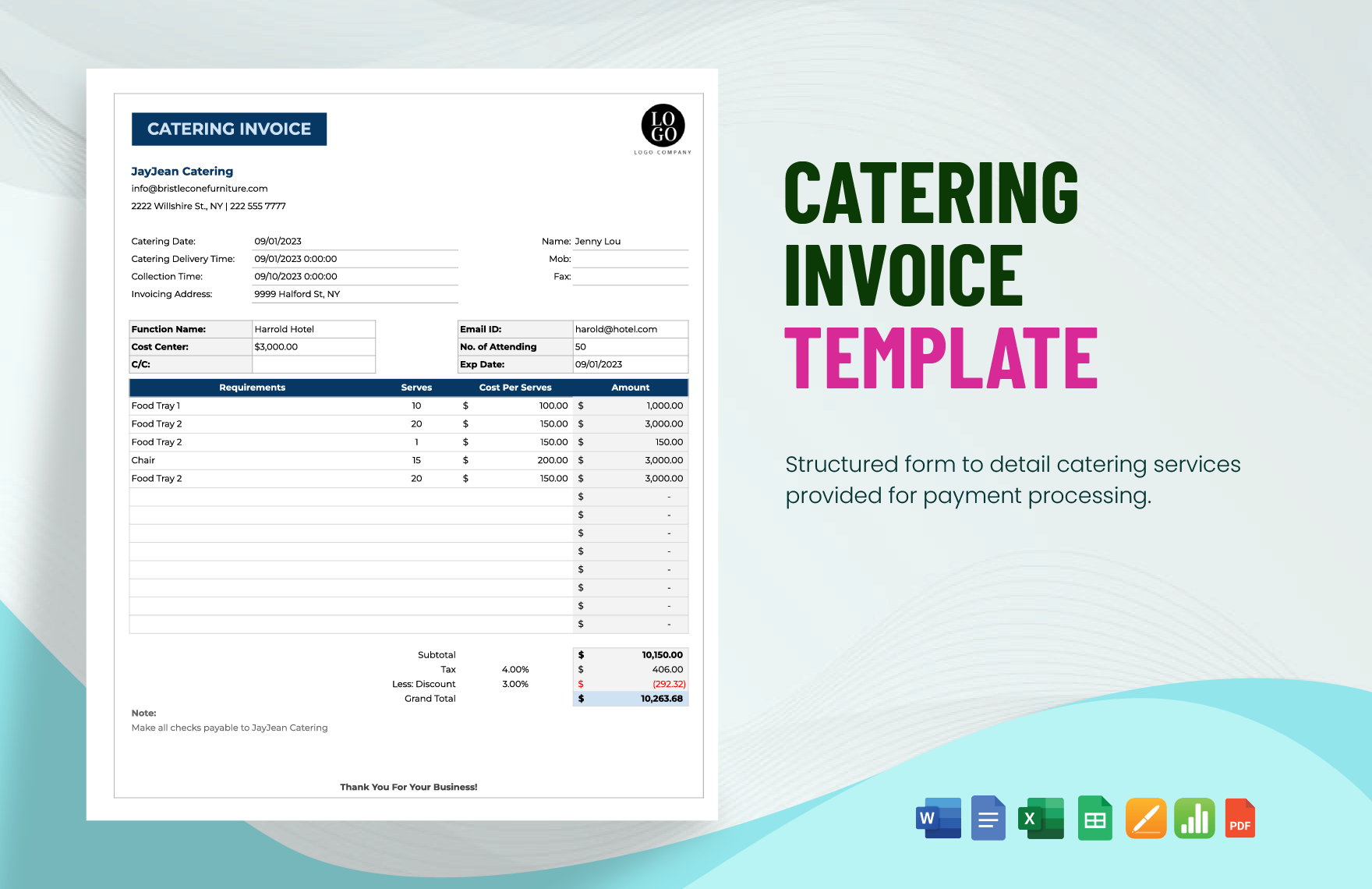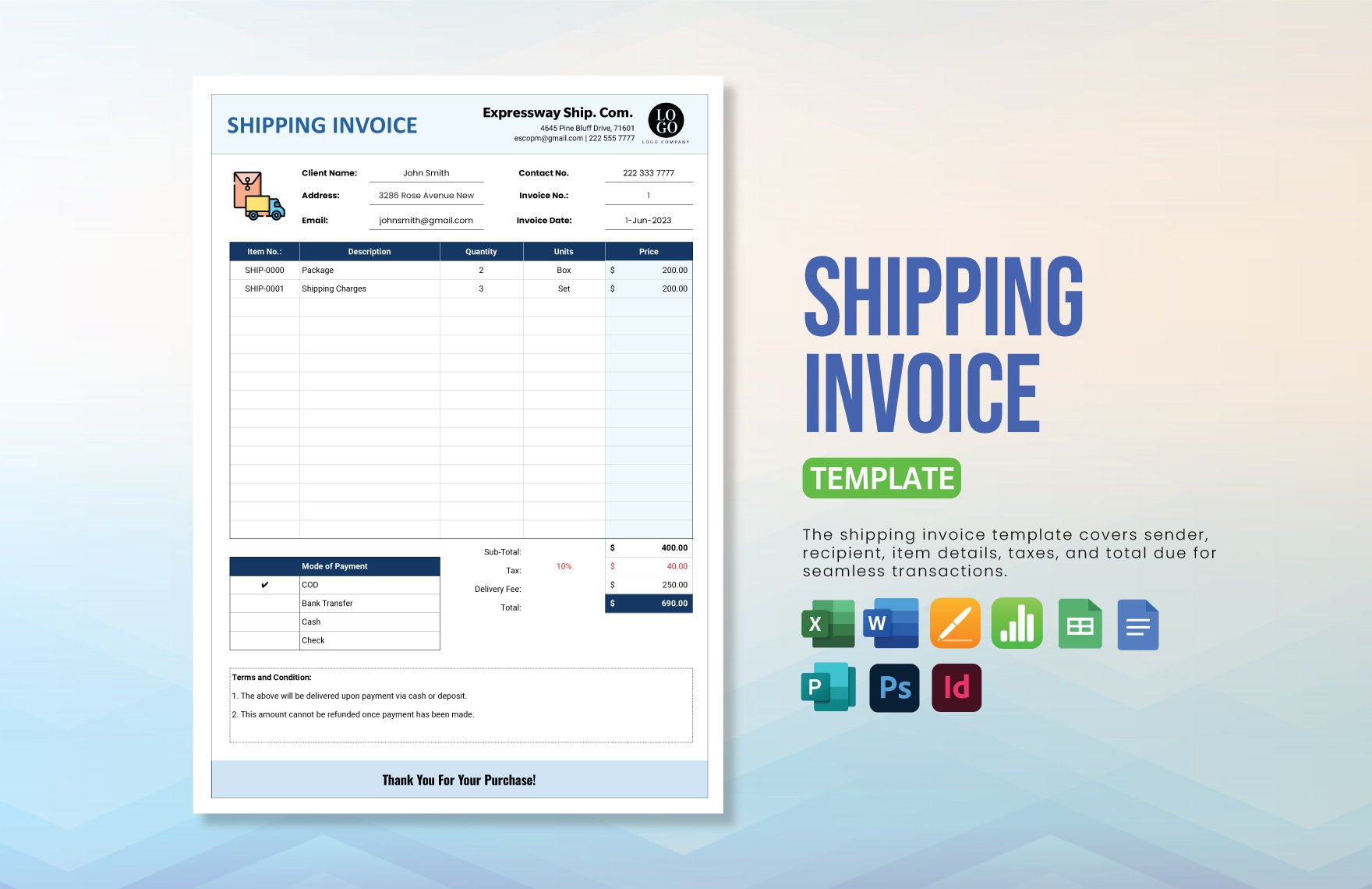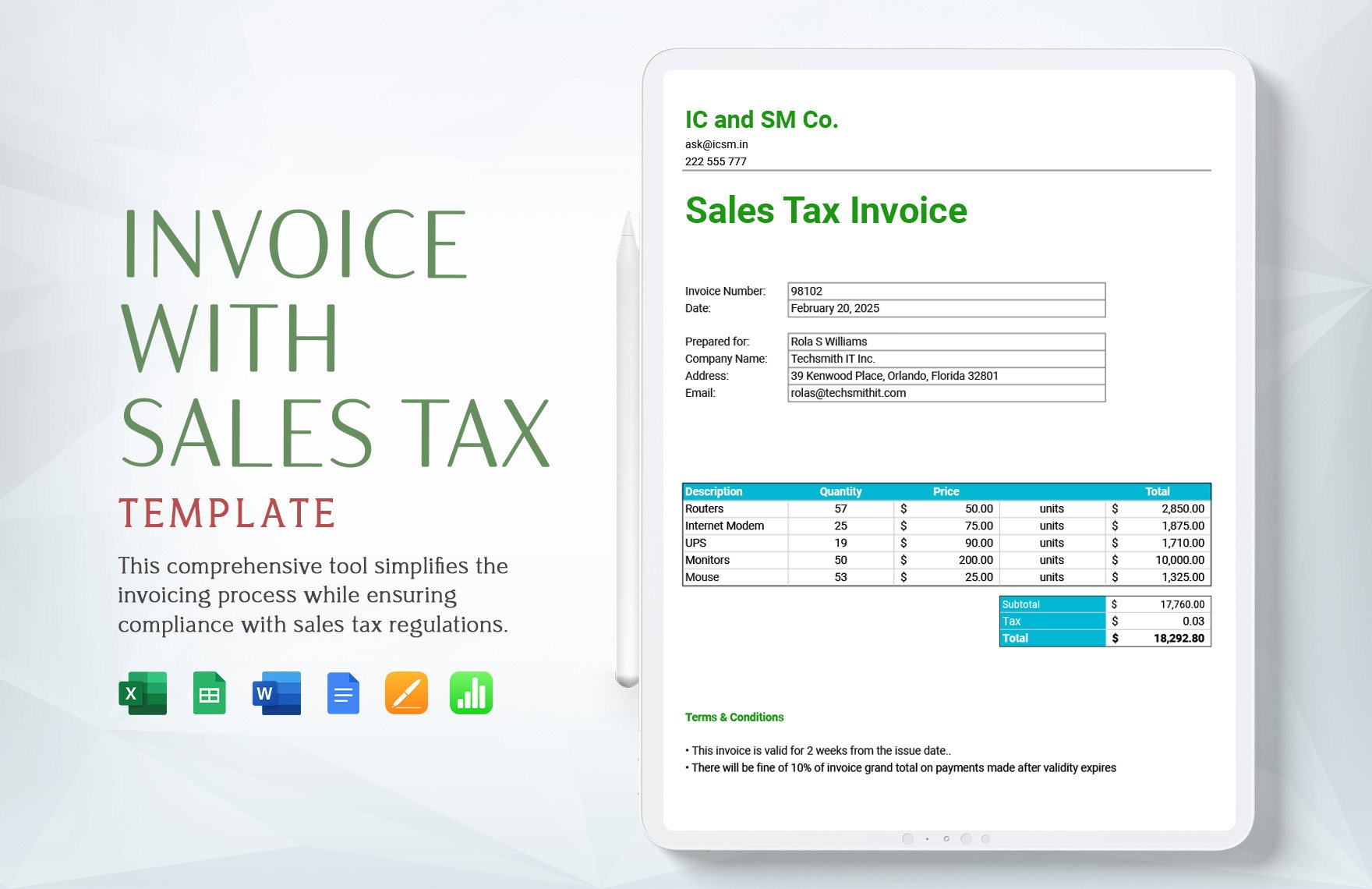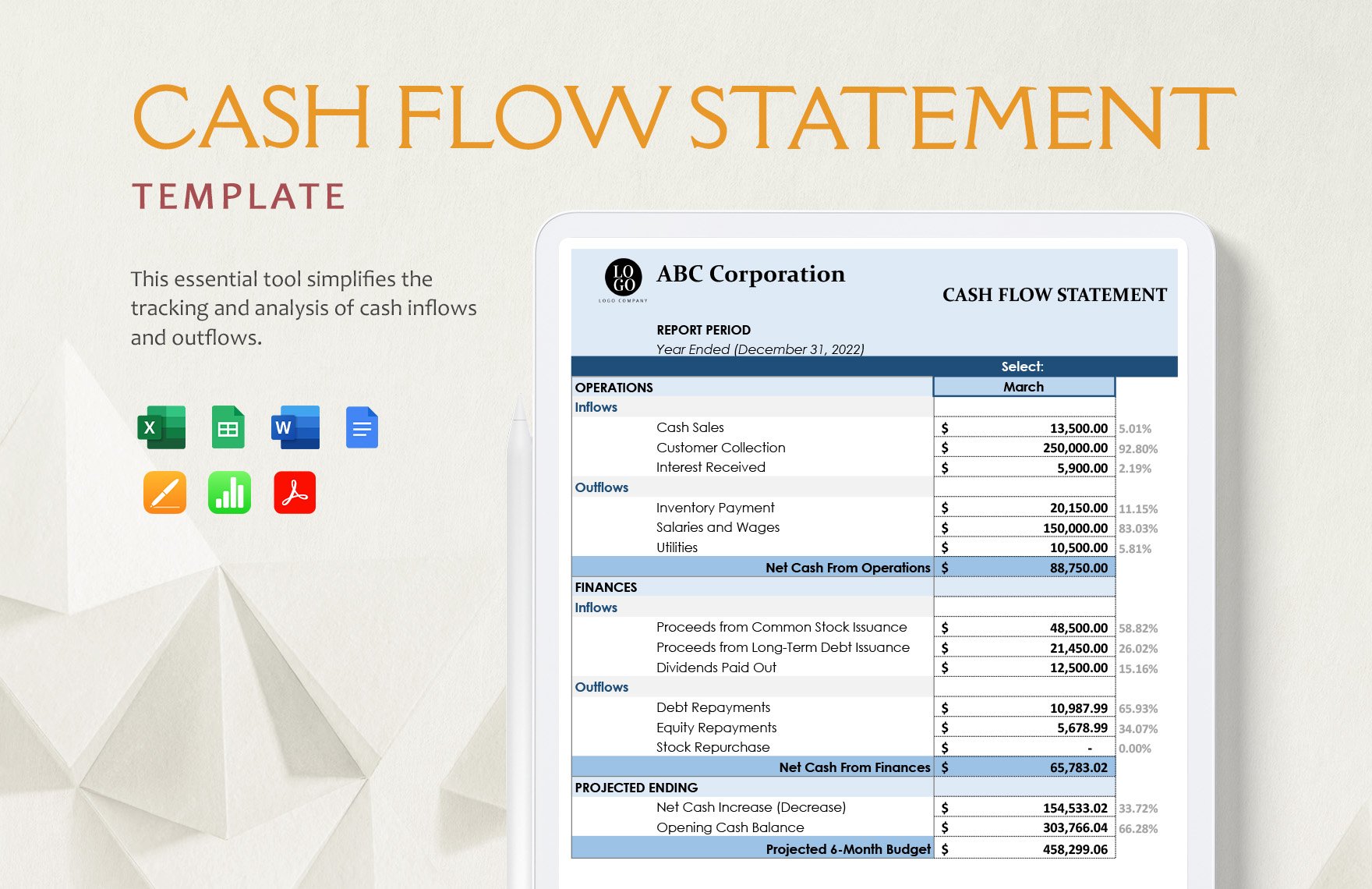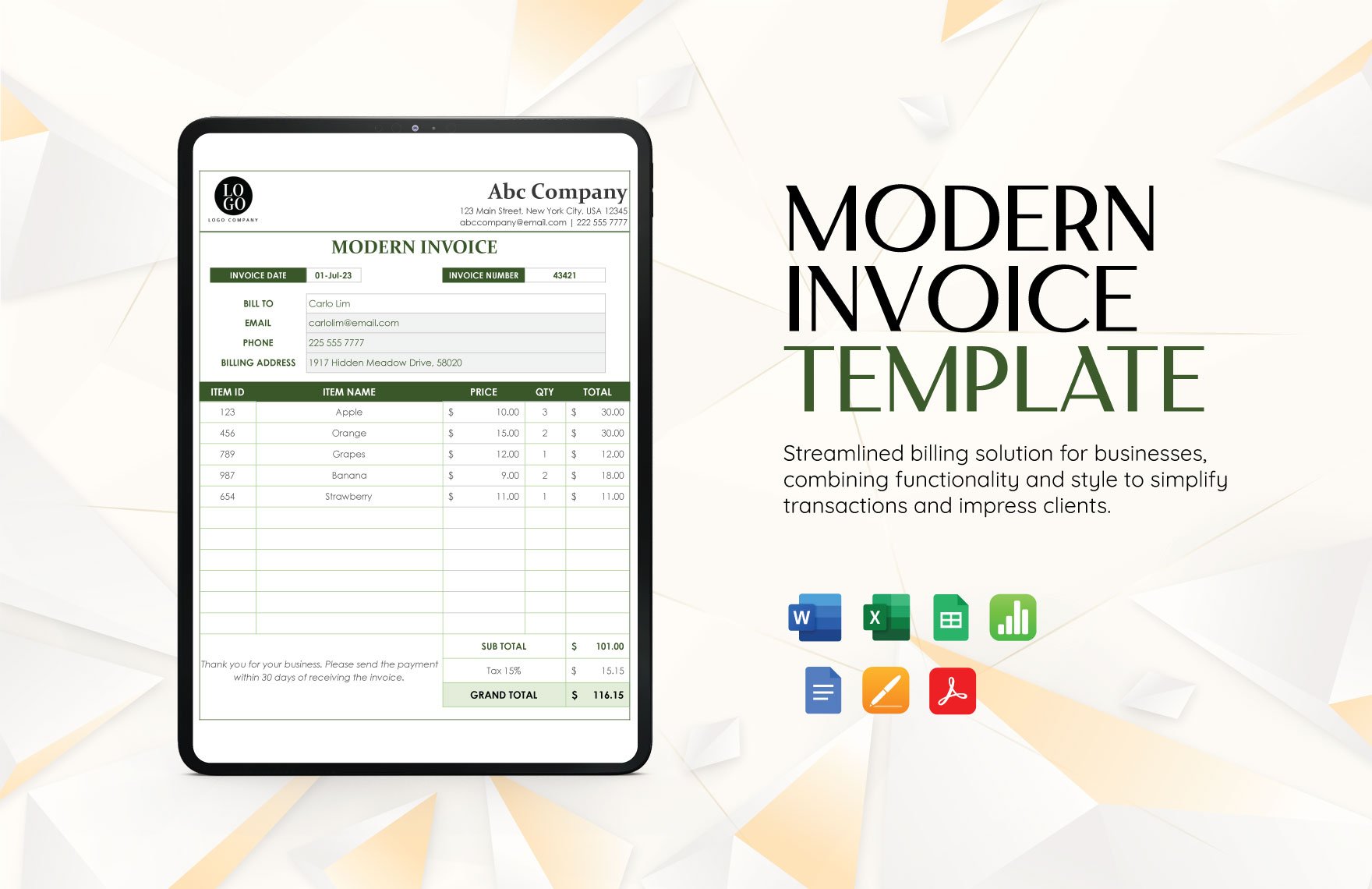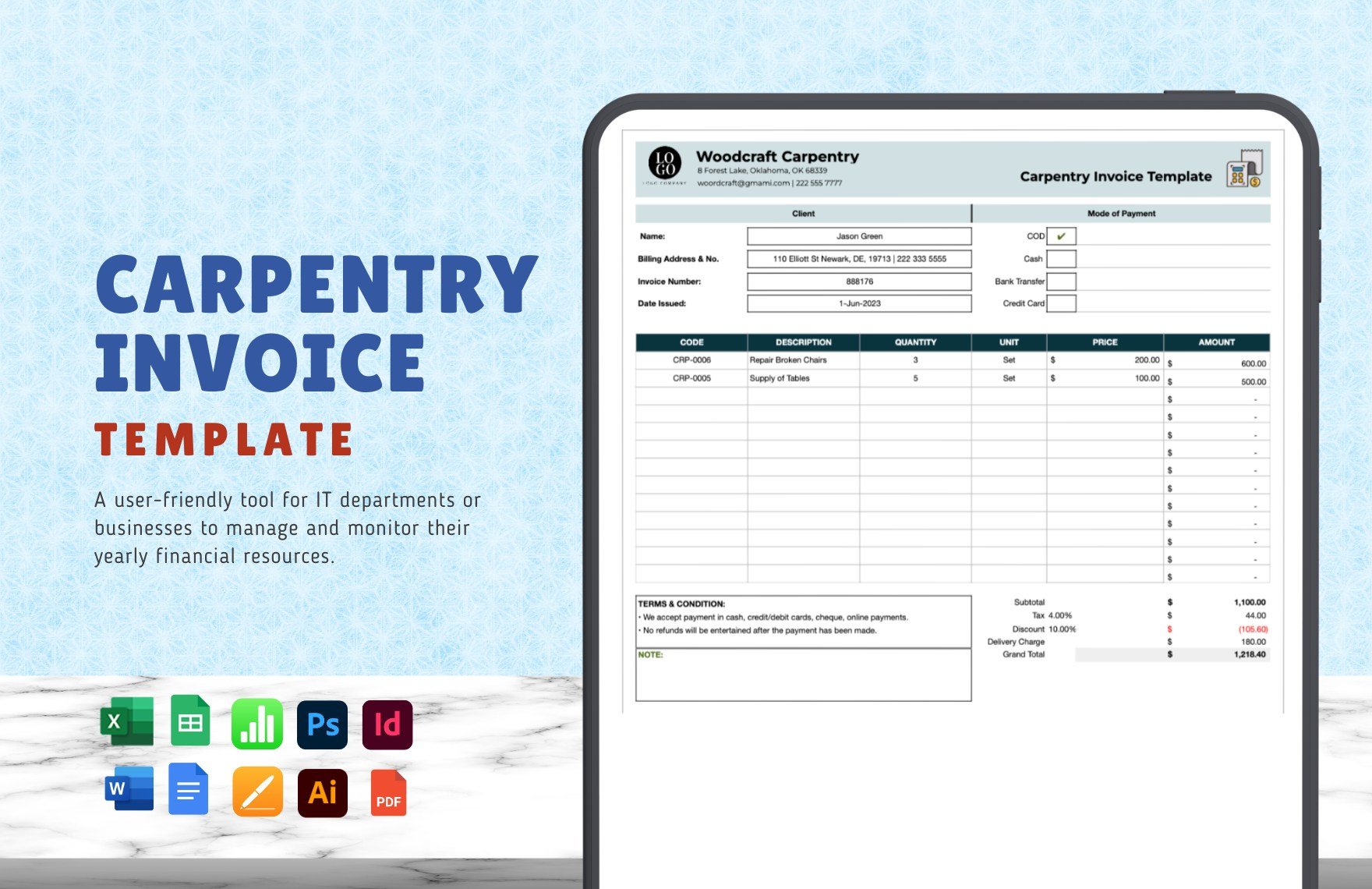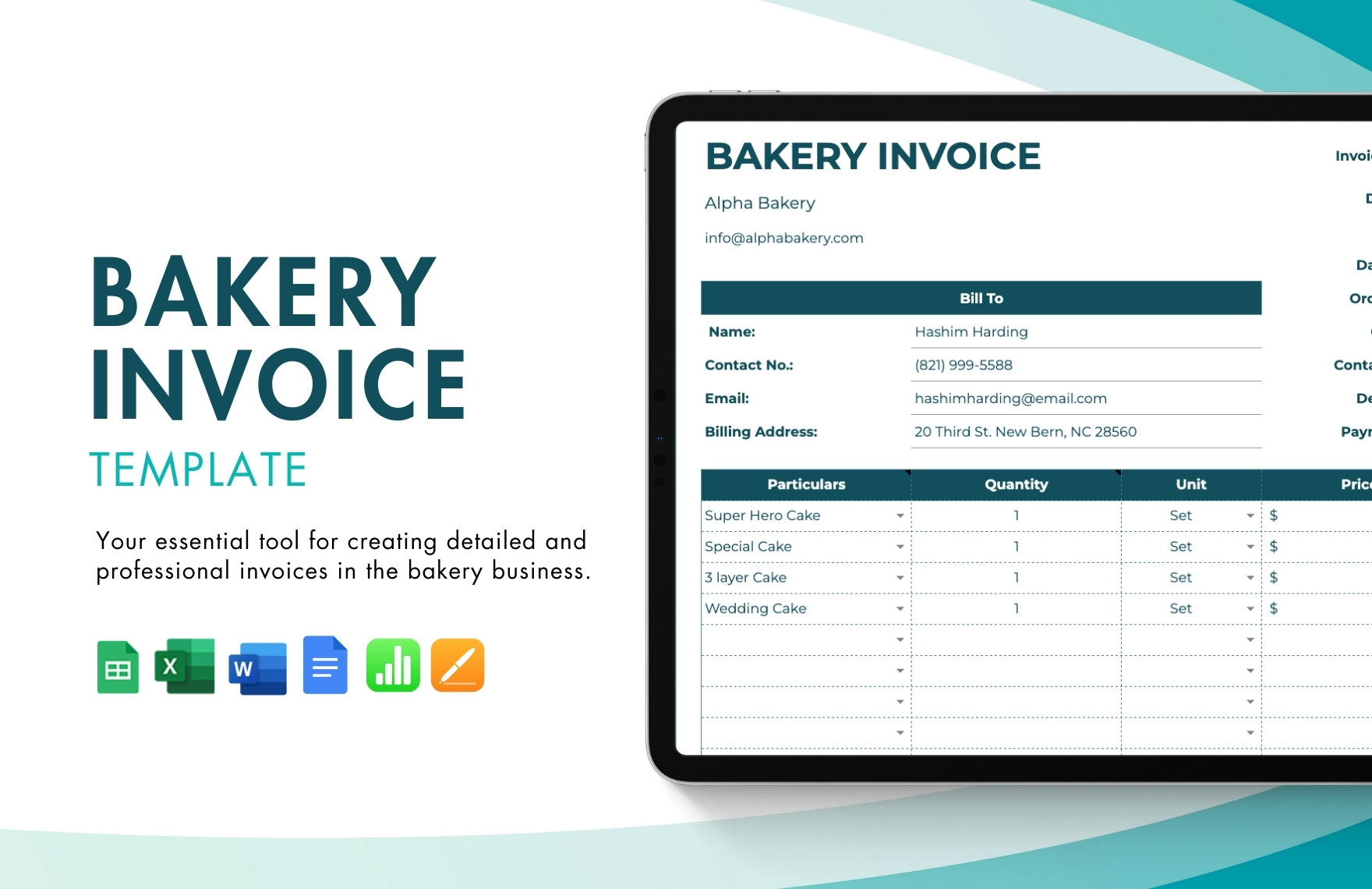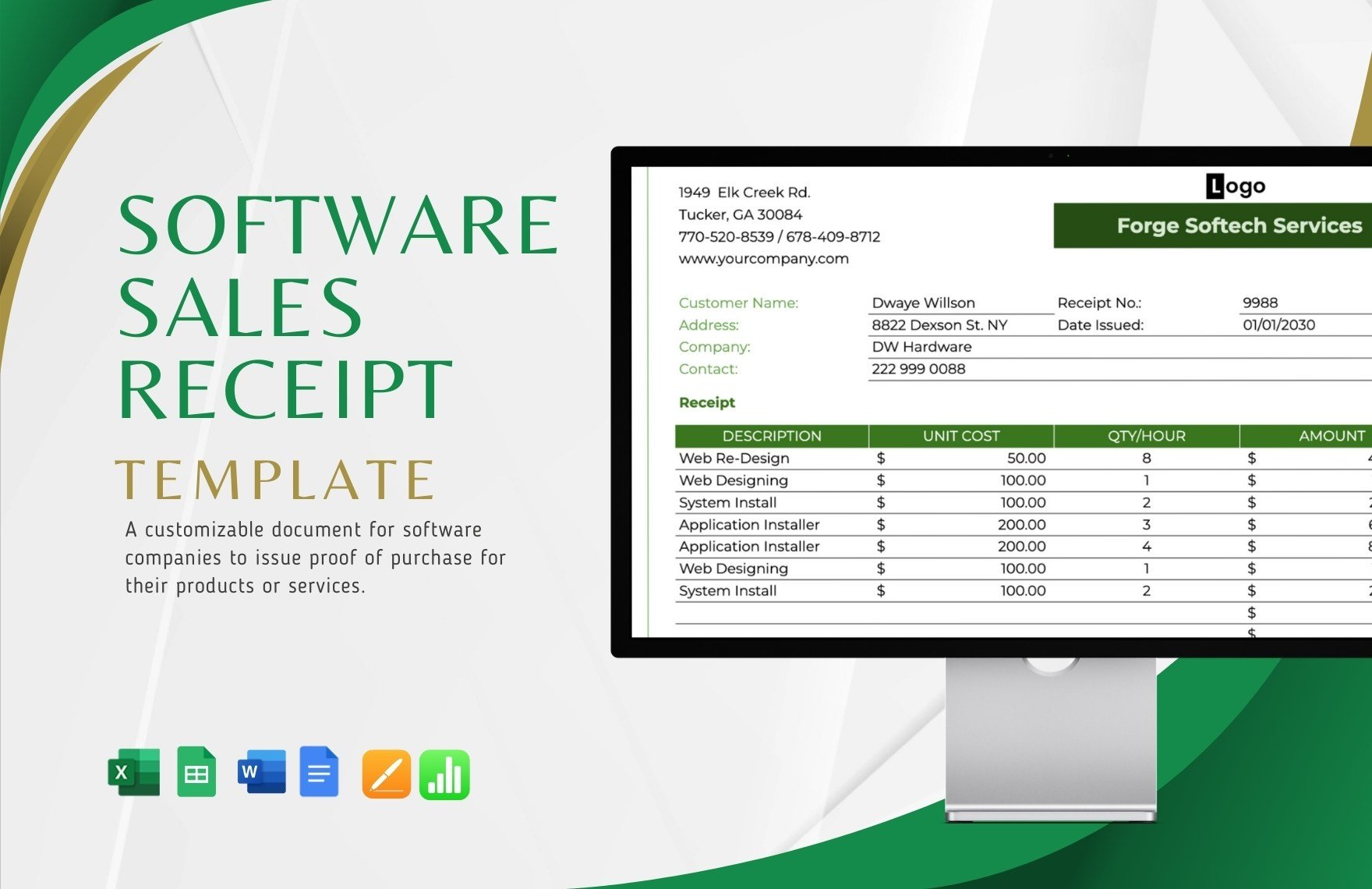For those tasked with managing the financial records of their company or organization, ensure that you keep accurate financial records by using our premium Accounting Templates. Bank Reconciliation, Sheets, Invoices, and all things Finance?—we have it here at Template.net. Make use of our templates now for convenient management of your finances. We offer 100% customizable, printable, easily editable, high-quality, professional, quick, saves time, and professionally written templates. Available in A4 & US letter sizes and formats such as MS Excel. Hurry and avail of our exclusive deals now!
What Is Accounting?
Accounting is the management and tracking of a business's finances. It refers to the company's revenues, liabilities, assets, cash inflow, and outflow, balance sheets, bookkeeping, general ledgers, income statements, etc. An accountant is usually the one who performs the finance-related duties.
99.7% of all businesses are comprised of small companies, and they are more likely to be exposed to poor financial management. That's why 64.4% of small companies have decided to use accounting software which related studies have also shown to be effective.
In today's time where businesses have grown more competitive than ever, there is also a corresponding demand for accountants and auditors as well. In the year 2020, auditors alike will increase from 1.2 million to 1.44 million.
How to Make an Accounting Template
Regardless of the purpose of your accounting templates, they all have common elements. To know what these are, go over the provided tips below:
1. Determine the Purpose of Your Template
There are various accounting templates to choose from; Purchase Log Templates, Annual Expense Report Templates, Inventory & Ordering Templates, and many more. You have to be able to determine this first so that you can coordinate your content with it. If you have no idea what a specific template consists of, you are free to search for ideas online or better yet, download one of our premium templates.
2. Provide Your Company-related Information
This information includes your company logo, name, address, contact numbers, and email address. Your logo and company name is your identity/brand?—it's only reasonable to incorporate them into your business transactions. Plus, it makes your business documents look official. For inter-office reports, you need not provide your address and contact information.
3. Provide Your Customer Details
This tip only applies to external transactions. Provide your customer's name and contact information just in case you have concerns regarding their purchase. This particular information will be an essential document for your record-keeping. Make sure you provide enough space for the customer's details.
4. State Only Accurate Numbers
The numbers are language themselves. Sometimes, they are the information alone, and sometimes, they serve as measurements of performance, effectiveness, and so much more. When crafting a document that mainly consists of numbers, try your best to provide accurate quantitative data.
5. Review
After creating your template, review if all the essential content has been accounted for. Lacking information might confuse the person you're doing transactions with and the Accounting Department. You can ask a colleague to review the document for you.
6. Print and Use
After having been made, your accounting template is now ready for use. Use this template for both of your internal and external transactions. You may keep your model for future use.
The simple delivery of paper that documents transactions can say a lot about your company. Any inaccurate information on it may cause some of your patrons to discontinue doing business with you. Be reliable in many ways, even in the smallest things such as a piece of paper containing pertinent quantitative data.


